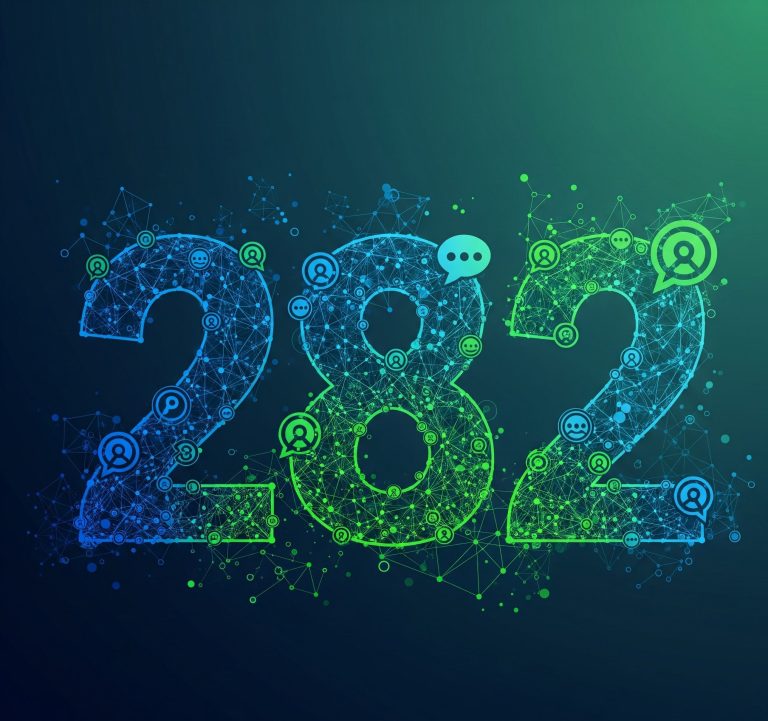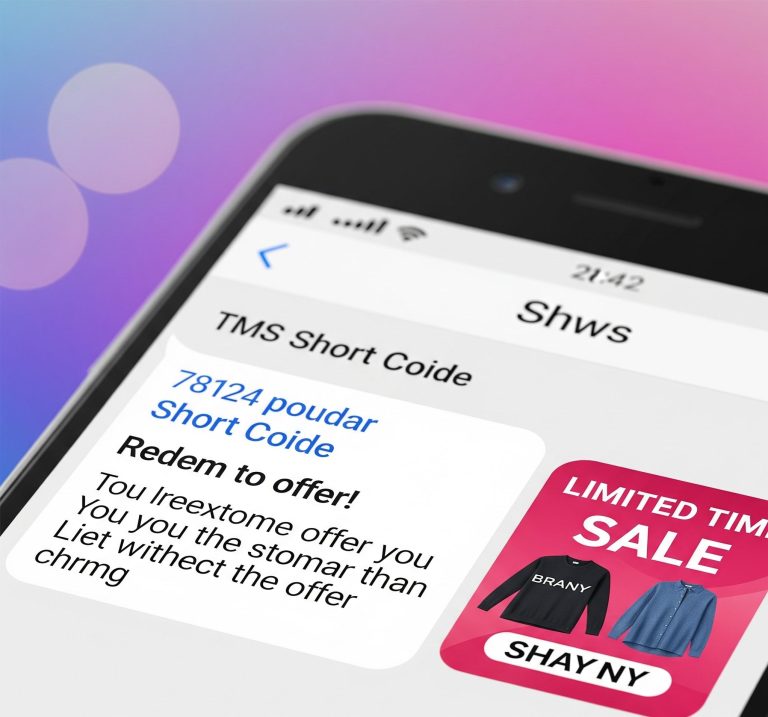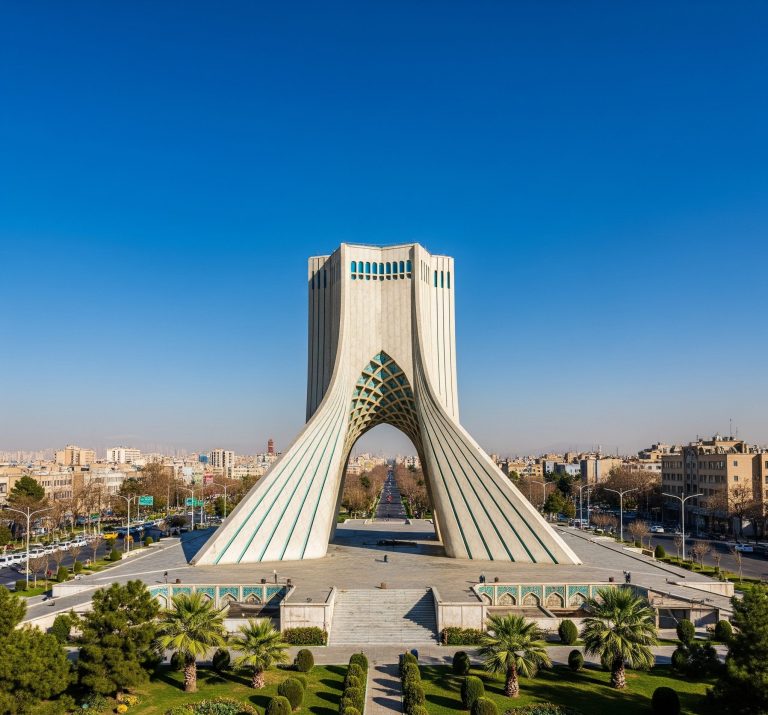In the vast and intricate tapestry of the North American Numbering Plan (NANP), where three-digit area codes serve as geographic identifiers for telephone numbers across the United States, some codes are instantly recognizable. Others are relatively new, part of recent expansions. And then there are those, like the 627 area code, that exist in a curious state of limbo – planned, assigned, yet ultimately never fully brought into service. For many Americans, encountering a mention of the 627 area code might evoke a sense of unfamiliarity, and for good reason. It’s a phantom code, a piece of telecommunications history that tells a unique story about how the nation’s phone network evolves.
Contents
The Genesis of a Number: Where the 627 Area Code Almost Landed
The story of the 627 area code begins in the late 1990s, a period of rapid growth in telephone usage, particularly with the advent of cell phones and dial-up internet connections. The existing area codes, once thought to be sufficient, were quickly showing signs of exhaustion in many densely populated regions. One such area feeling the strain was Northern California, specifically the expansive 707 area code.
The 707 area code served a large geographical swath, encompassing picturesque wine country in Napa and Sonoma counties, along with portions of Marin and Mendocino counties, stretching north to the Redwood Coast. To address the impending shortage of available phone numbers, the California Public Utilities Commission (CPUC) and Pacific Bell (now AT&T) devised a plan. This plan involved a geographic split of the 707 area code into three distinct regions.
Under this proposal, the 627 area code was slated to serve the heart of this region, encompassing most of Napa and Sonoma counties. Another new area code, 369, was proposed for Solano County and a small part of Napa, while the existing 707 would continue to serve the northern reaches of its original territory. The implementation was planned in phases, with the 627 area code specifically scheduled to take effect in October 2001.
The rationale behind creating the 627 area code was sound: to provide numbering relief, ensuring a sufficient supply of unique phone numbers for the growing population and increasing demand for telecommunication services in the region. Residents and businesses in areas like Santa Rosa, Napa, and Petaluma would have transitioned to the new 627 area code, requiring them to update their contact information and adapt to the new dialing patterns.
A Code Deferred: Why the 627 Area Code Remains Unused
Despite the detailed planning and public announcements, the 627 area code never officially launched for general telephone service. What happened? The reasons are multifaceted and highlight the complex, dynamic nature of telecommunications planning.
One primary factor was a revised forecast of numbering demand. The growth rate of telephone subscriptions, while robust, did not materialize exactly as projected. Furthermore, advancements in numbering conservation methods and the implementation of other numbering strategies likely played a role. Sometimes, plans are put in place as a preventative measure, and if the anticipated numbering crisis eases, the need for a new area code might be deferred or even canceled.
Another significant development was the shift in preferred numbering relief methods. While geographic splits, like the one proposed for the 627 area code, were historically common, overlays began to gain prominence. An overlay introduces a new area code into the same geographic region as an existing one, meaning both area codes serve the same territory. This approach eliminates the need for customers to change their existing phone numbers, though it does necessitate 10-digit dialing (area code + seven-digit number) for all local calls within the overlay region. The 707 area code eventually received an overlay, 369, which began service in November 2023, but the 627 area code remained on the sidelines.
Today, while some historical records and online area code databases might still list the 627 area code as “assigned” or “planned” for Northern California, it is crucial for an American audience to understand that it is not actively in use for telephone service. You cannot obtain a phone number with the 627 area code, nor will legitimate calls originate from it.
Understanding Area Code Splits and Overlays: The Broader Context
The story of the 627 area code provides a fascinating case study in how area codes are managed within the NANP. The system, overseen by the North American Numbering Plan Administrator (NANPA), constantly monitors numbering resources. When an area code approaches exhaustion—meaning too few available numbers remain for new subscribers—solutions are implemented.
Historically, the most common solution was a “geographic split.” This involves dividing an existing area code’s territory into two or more parts, with one part retaining the old area code and the other parts receiving new ones, as was originally envisioned for the 627 area code. While effective for number relief, splits can be disruptive for residents and businesses who must change their numbers.
More recently, “overlays” have become the preferred method. With an overlay, a new area code is “overlaid” on top of an existing one. Both area codes then serve the same geographic region. The key impact of an overlay is the mandatory implementation of 10-digit dialing for all local calls within that region, as calls to either the old or new area code must specify the three-digit prefix. This approach minimizes disruption by allowing existing numbers to remain unchanged. The decision to use a split or an overlay often involves complex considerations, including geographical boundaries, projected growth, and public impact.

What Does This Mean for You? The 627 Area Code and Modern Communications
Given that the 627 area code is not active, encountering a call or message purportedly from this area code in the United States should raise a red flag. In today’s digital landscape, phone number spoofing is a common tactic used by scammers and telemarketers to disguise their true origin. A call displaying the 627 area code is almost certainly a spoofed number, designed to trick you into answering or engaging with an unsolicited call. Legitimate businesses and individuals do not use numbers from non-existent or inactive area codes.
If you receive a call from the 627 area code:
- Do not answer. Treat it like any other suspicious or unknown call.
- Do not call back. Calling back a spoofed number can sometimes confirm your line is active, leading to more unwanted calls.
- Block the number. Most smartphones allow you to easily block unwanted numbers.
- Report it. Consider reporting the call to the Federal Communications Commission (FCC) if it’s a persistent issue, especially if it’s associated with scams.
The Ever-Evolving Landscape of US Area Codes
The case of the 627 area code serves as a reminder that the North American Numbering Plan is a living, evolving system. As populations shift, technology advances, and communication habits change, new area codes are introduced, and existing ones are modified to ensure a continuous supply of unique telephone numbers. This constant adjustment is a testament to the dynamic nature of telecommunications infrastructure.
While the 627 area code never fully came to fruition as an active numbering plan area, its history is a minor but intriguing footnote in the ongoing effort to manage and expand America’s telephone network. It underscores the rigorous planning and ongoing adjustments required to keep us all connected.
Conclusion
The 627 area code is a unique case in the history of American telecommunications—a number that was planned, assigned, but never fully implemented. Intended to provide numbering relief for the growing demand in Northern California’s 707 area, it ultimately remained unused due to shifting projections and evolving numbering strategies. For the American public, the key takeaway is clear: while the 627 area code exists in historical records, it does not represent an active geographic region for telephone service. Therefore, any communication appearing to originate from the 627 area code should be viewed with caution, likely indicating a spoofed call or other unsolicited activity. Understanding the nuances of area code assignments, even those that remain dormant, helps consumers navigate the complexities of modern communication and protect themselves from potential scams.







